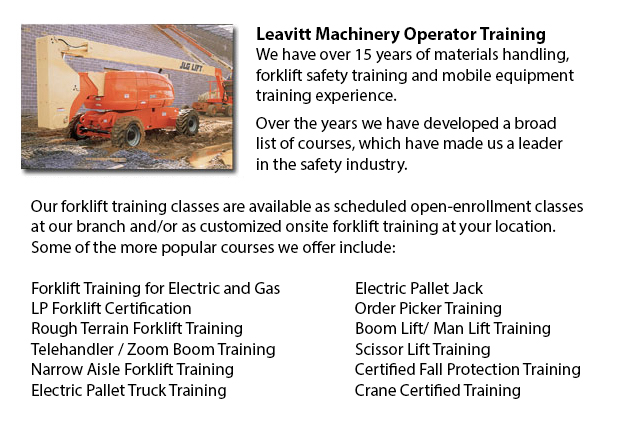
Aerial Lift Certification Glendale - Aerial Lift Certification is for workers who need a thorough knowledge of aerial lift safety. Maintenance workers, construction craftsmen and supervisors require this training to ensure that operators and inspectors are qualified. Federal, provincial and state rules need companies to be certified to be able to perform in-house aerial lift checks.
Regardless of differences in the kind of work being carried out, all workers who work at elevated levels usually use the same means to access the needed height. Aerial lifts and scissor lifts are the mechanized machines made use of to lift employees and equipment to elevated worksites.
Bucket trucks or cherry pickers are boom-supported aerial platforms. The primary hazards related to boom-operated platforms are tip-overs, falls and electrocutions. Certification guarantees that workers who use aerial lifts are properly trained to work the equipment safely. Training likewise ensures that workers know how to maintain aerial work platforms based on the directions of the manufacturer.
Training includes the following lifts: Vehicle-mounted aerial lifts, Boom-supported aerial lifts and scissors lifts. Trainees will gain knowledge of the results and causes of aerial lift accidents, and would learn safe operating procedures. They will become technically competent in the various kinds of aerial lifts, as well as terms and parts. From interpreting rated capacity charts to selecting the best aerial lift for the job, the certification program will provide workers with everything they have to know to carry out their work safely.
Inspectors and supervisors who have the responsibility to inspect aerial lift devices need to know how to inspect booms, gears, structural components, operating mechanisms, control systems and functions, braking systems, power plants, attachments, shafts and pins, hydraulic, electric and pneumatic components, emergency safety devices and operator aids, and all that. Training would include the following: the inspector's role in lessening liability exposure and accidents; monthly and annual check; how to perform a pre-use; how to interpret and apply regulations about aerial lift safety standards; how to write inspection reports; techniques and checklists; inspection procedures; complying with record keeping requirements; understanding and applying the three levels of aerial lift inspection; and when to remove aerial lifts from service when they are defective.
-
Aerial Lift Train the Trainer Glendale
Aerial Lift Train the Trainer Glendale - The Aerial Lifts Train the Trainer Certification Program will teach trainers how to effectively train operators in safe industrial mobile machine operation. Trainers are given in-depth instruction on aerial li... More -
Forklift License Glendale
Forklift License Glendale - In North America, acquiring a forklift license or forklift certification involves hands-on and classroom training. Regulatory control over certification, training and license for powered industrial truck operators falls un... More -
Telehandler Certification Glendale
Telehandler Certification Glendale - Telehandler certification programs are both for operators who have some experience driving a typical forklift and for individuals with no experience. The real-world training provided by these courses produces grad... More -
Operator Safety Training and Re-Qualification Training and In-House Instructor Training in Glendale
Forklifts are used in almost all warehouse operations and in boat yards and in industrial construction sites. The reach feature of a forklift is a very important component utilized in a variety of applications like for example when a shelving system... More -
Manlift Training Glendale
Manlift Training Glendale - Different manlift training programs include the content and review of manlift devices. An important portion of the program is the practicum where students show their practical ability and knowledge to safely operate a manl... More -
Crane Certification Glendale
Crane Certification Glendale - The Crane Certification Program consists of the industry suggested subject matter which will teach the safe and efficient operation of cranes. The individual would train in the following: how to identify cranes and thei... More -
Loader Ticket Glendale
Loader Ticket Glendale - Gehl articulated loaders have been made to suit practically every condition. They offer optimal maneuverability and great traction due to a heavy-duty oscillating joint that provides 45-degree rotating angles right and left,... More -
Crane Ticket Glendale
Crane Ticket Glendale - The new version of a crane could be either simple or complex, and cranes vary based on their use. Mobile cranes, for instance are rather simple. A telescopic boom or steel truss mounts its movable platform. A system of levers... More

Forklift Training Glendale
TOLL FREE: 1-888-254-6157
Glendale, Arizona
forkliftcertificationglendale.com
Email Us
About Us


